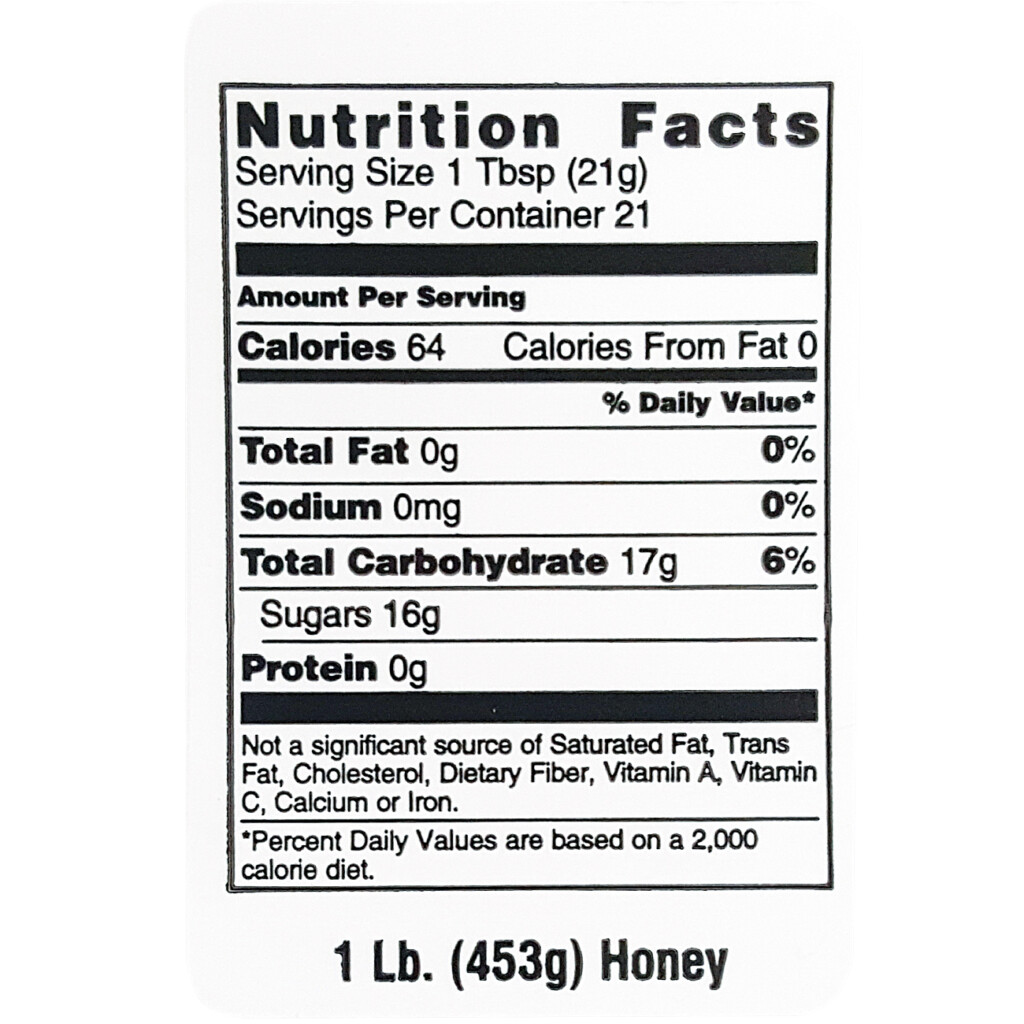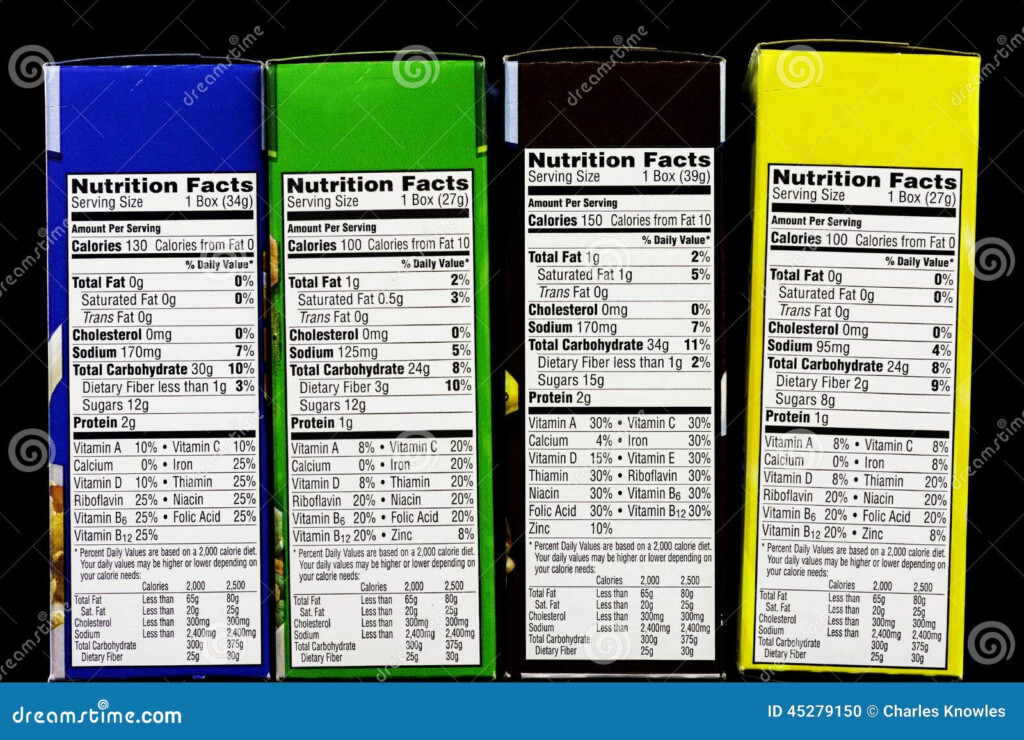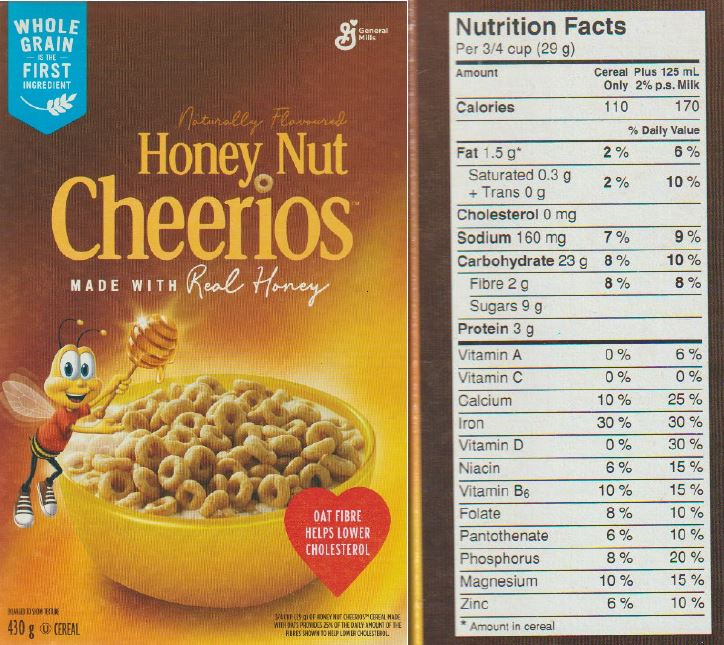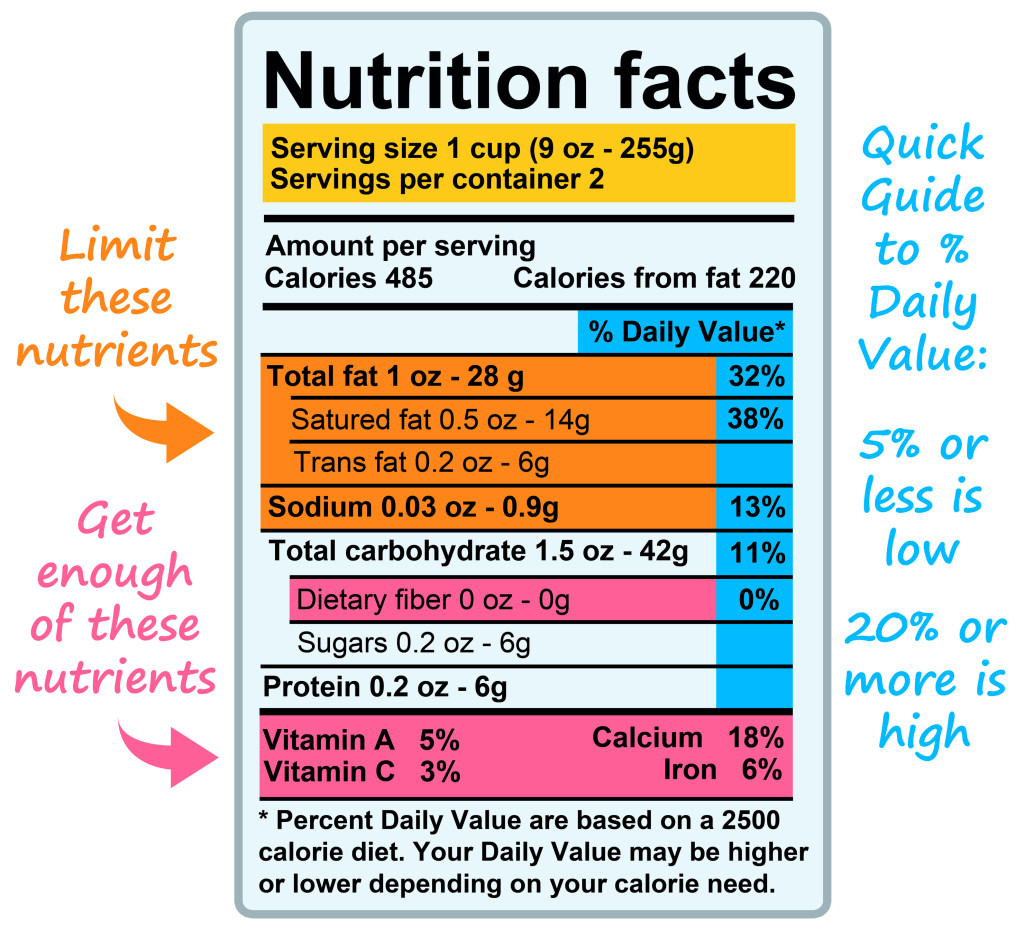Nutritional information labels, also known as nutrition facts labels, are labels found on food and beverage packaging that provide detailed information about the nutrients and ingredients in the product. These labels are designed to help consumers make informed decisions about their food choices and understand the nutritional value of the products they are purchasing.
Key information typically found on nutritional information labels includes serving size, calories, total fat, saturated fat, trans fat, cholesterol, sodium, total carbohydrates, dietary fiber, sugars, protein, and various vitamins and minerals. This information is presented in a standardized format to make it easy for consumers to compare products and make healthier choices.
Nutritional Information Labels
How to Read Nutritional Information Labels
Reading nutritional information labels can be overwhelming at first, but once you understand how to interpret the information, it becomes a valuable tool for managing your diet. Start by looking at the serving size and the number of servings per container to ensure you are consuming the recommended portion. Next, pay attention to the calories and the amounts of fat, cholesterol, sodium, carbohydrates, and protein.
When looking at the % Daily Value (%DV) listed on the label, keep in mind that it is based on a 2,000-calorie diet. A general rule of thumb is to aim for foods that are low in saturated fat, cholesterol, and sodium, and high in fiber, vitamins, and minerals. By using the information on nutritional information labels, you can make healthier choices and better understand the impact of your food choices on your overall health.
Benefits of Using Nutritional Information Labels
One of the main benefits of using nutritional information labels is that they help you make informed decisions about the foods you eat. By understanding the nutritional content of the products you are consuming, you can better manage your diet and make choices that align with your health goals. Additionally, nutritional information labels can help you identify potential allergens or ingredients that you may want to avoid.
Overall, nutritional information labels are a valuable tool for promoting healthy eating habits and making informed food choices. By taking the time to read and understand these labels, you can empower yourself to make choices that support your health and well-being.
By incorporating nutritional information labels into your shopping routine and meal planning, you can take control of your diet and make choices that support your overall health and well-being. Remember to use the information on these labels to guide your decisions and make choices that align with your nutritional goals.
Download Nutritional Information Labels
Cereal Nutritional Facts Label Stock Photo Image Of Nutrition
Understanding Food Labels Unraveling Nutritional Info Vrogue co
Nutritional Labeling IEH Warren
Understanding Nutritional Information Labels KidsPressMagazine




